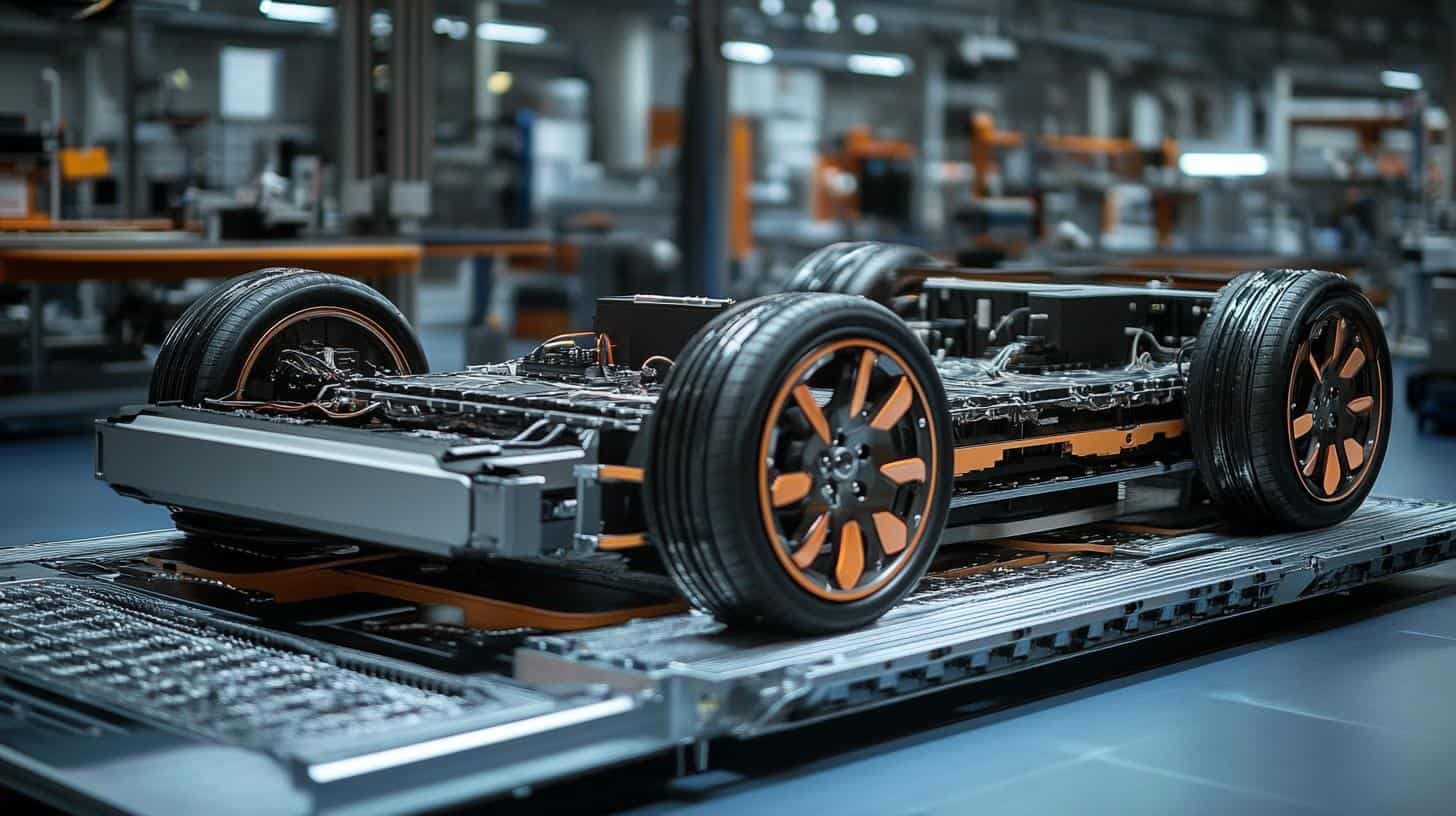The electric vehicle sector is on the brink of transformation as companies invest in cutting-edge battery technologies aimed at reducing costs and enhancing sustainability. The high prices of EVs, largely attributed to costly battery production methods, have been a barrier to widespread acceptance. Yet, a breakthrough approach known as dry coating for battery electrodes offers promising solutions.
A comprehensive analysis by McKinsey in 2022 highlighted that traditional wet coating methods represent a significant expense, accounting for about 25% of equipment costs in battery cell production. Dry coating, on the other hand, proposes a more energy-efficient alternative, promising to produce more cost-effective, higher-energy-density electrodes. Despite its current limitations in productivity, the maturation of dry coating technology could revolutionize battery manufacturing, making electric vehicles more affordable for the average consumer.
PNT is at the forefront of this technological evolution. The company aggressively invests in refining dry coating methods, aspiring to reshape the landscape of battery production. This could lead to dramatic reductions in EV costs, potentially altering the trajectory of clean transportation globally.
People and Technology Inc., known as PNT, leverages its engineering expertise to lead in the development of advanced machinery for electrode manufacturing. Over 80% of its workforce comprises engineering experts, fueling innovation and competitive edge. The establishment of PNT Materials, set to commence LFP battery production next year, highlights their commitment to mastering battery technology.
With future expansions, including a new factory, PNT is positioned to become a global leader in dry coating technology, aiming for remarkable sales growth and redefining the EV market.
The Silent Revolution: How Dry Coating Technology is Changing the EV Landscape
The transition to electric vehicles (EVs) is more than just a shift in the automobile industry; it is part of a broader movement toward environmental sustainability and technological innovation. While recent advancements in battery technology, such as the introduction of dry coating methods, have received attention, there are numerous implications on societal, economic, and environmental levels yet to be discussed.
Unveiling the Hidden Impact on Communities and Economies
The adoption of dry coating technology extends beyond reduced costs and increased efficiency. It possesses the potential to reshape economies dependent on fossil fuels, paving the way for new industries centered around more sustainable technologies. As these innovations drive down the cost of EV production, they may lead to increased EV ownership, reducing reliance on fuel imports in oil-dependent countries. This transformation might stimulate economic growth in regions investing in renewable energy and green technology sectors.
Moreover, dry coating technology stands to significantly diminish the carbon footprint associated with battery production. Traditional wet coating processes consume large amounts of energy and water, whereas dry coating minimizes these resources, aligning with global environmental goals. For communities committed to reducing greenhouse gas emissions, this shift presents a crucial stride toward achieving sustainability targets.
Controversies and Innovations in Dry Coating
While dry coating boasts numerous advantages, such as enhanced energy efficiency and lower production costs, its development isn’t without challenges. There are debates regarding the scalability of dry coating processes to meet the rapidly increasing demand for more accessible EV options. Critics argue that while the technology is promising, its current limitations could hinder mass adoption unless significant technological and production advancements are realized.
Furthermore, there is ongoing controversy over the future job market in the battery manufacturing sector. As companies like PNT focus on automation and specialized engineering roles to facilitate the new technology, there is concern that traditional manufacturing jobs may decline. Balancing technological progress with workforce development becomes essential to mitigate potential unemployment or skill mismatches.
The Evolution of Global Transportation
The shift to more affordable electric vehicles due to dry coating technology could alter global transportation. Questions arise, such as how quickly will cities adopt infrastructure to support a surge in EVs? What role will policy play in facilitating this transition?
In response, governments and urban planners are increasingly investing in EV charging networks and incentivizing green vehicle purchases. This encourages broader shifts toward sustainable urban planning, such as implementing zoning laws favoring electric mobility hubs.
Advantages and Challenges
Advantages:
– Cost Reduction: By lowering production costs, EVs become more accessible to a wider demographic.
– Sustainability: Less resource-intensive processes help reduce environmental degradation.
– Economic Opportunities: Spurs growth in green technology industries, fostering innovation and new job creation.
Disadvantages:
– Scalability Concerns: Current productivity limitations could delay widespread integration.
– Job Displacement: Potential reductions in traditional manufacturing roles necessitate retraining programs.
– Technological Hurdles: Continuous innovation and investment are required to perfect dry coating processes.
Will Dry Coating Redefine the EV Market?
In summary, dry coating technology could indeed redefine the global EV market if tackled strategically. While it offers a greener production pathway and economic benefits, overcoming current limitations and addressing societal impacts remain crucial.
For a deeper dive into evolving energy technologies and sustainable practices, check out U.S. Department of Energy and International Energy Agency. These resources provide extensive insights into developments that are reshaping our energy landscape.







